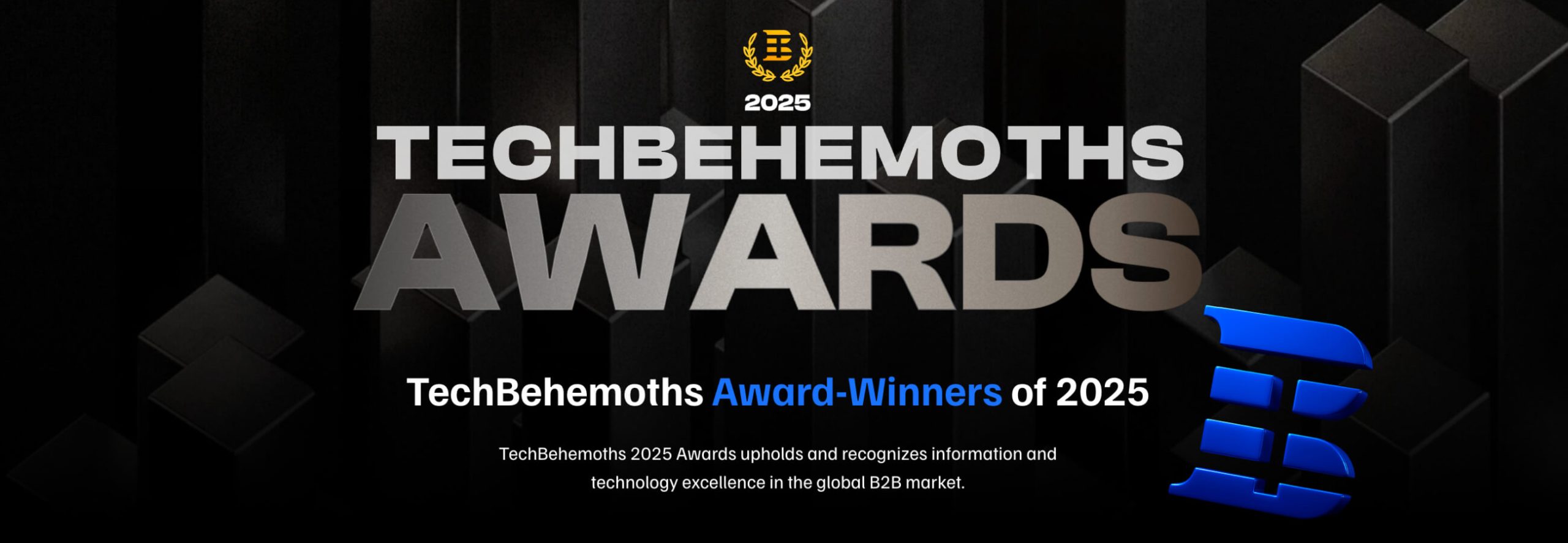
JS-Based Engines and Frameworks for Web Games — The Complete Handbook
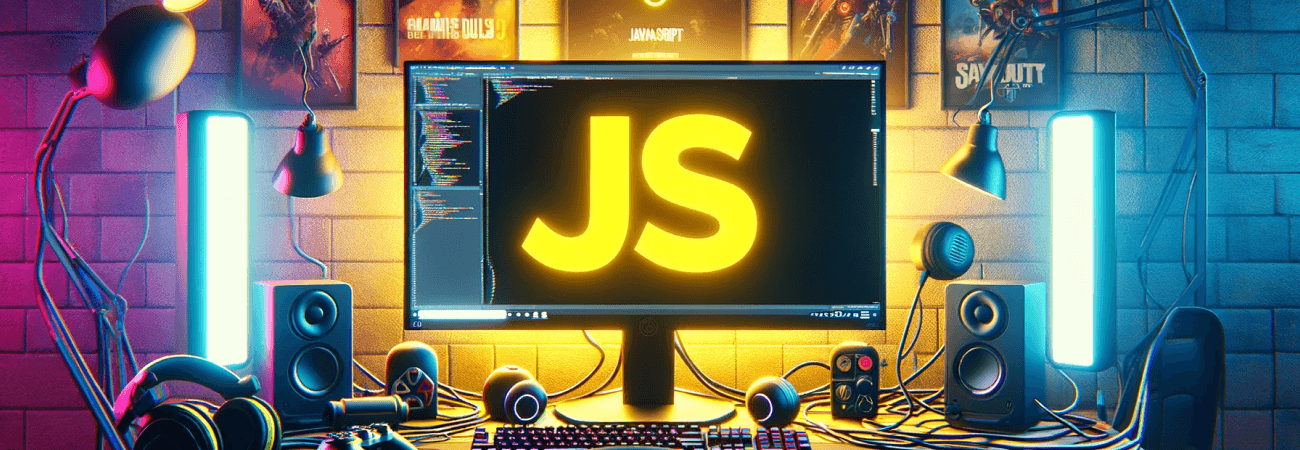
Unveil the dynamic and versatile nature of JavaScript and its array of engines, now serving as the foundation of modern web based game development.
Being the game developer in Australia our team helps to delve into the transformative influence of Three.js, Phaser, Babylon.js, and PixiJS, reshaping the gaming landscape. This exploration uncovers the distinct strengths of each, from Three.js’ mastery in 3D graphics to Phaser’s intuitive game development framework, Babylon.js’ advanced rendering capabilities, and PixiJS’ prowess in crafting visually stunning web games.
Introduction to Web Game Development with JS-based Engines

The sphere of web-centric game development is in constant flux, evolving rapidly, and within this dynamic environment, JavaScript (JS) emerges as the preferred program language for countless developers. The adaptability and advantages provided by JS-based engines and frameworks have sparked a revolution in the gaming industry, offering an extensive toolbox of resources, from tools to libraries, facilitating the creation of captivating, immersive, and visually striking web games. Exploring the advantages of game development with JavaScript reveals a myriad of libraries, including but not limited to Phaser, Babylon.js, and Three.js, each playing a pivotal role in streamlining the development process.
Discovering the Power of Three.js

Three.js stands as a robust JavaScript library, introducing the realm of 3D graphics to the web domain. It streamlines the intricate mathematics integral to rendering 3D objects, ensuring accessibility for developers across different skill levels. The strength of engaging in game development with Three.js resides in its versatility. This library possesses the capability to craft uncomplicated shapes, intricate models, and complete scenes, complete with dynamic lighting and shadows, showcasing its prowess in the domain. This makes it an excellent tool for creating immersive 3D web games.
One of the key features of Three.js is its ability to use WebGL, a technology that allows for hardware-accelerated 3D graphics right in your web browser. This means your games can run smoothly and look stunning, without requiring any plugins or downloads.
Tutorials can guide you through creating your first 3D scene, animating objects, and even handling user input. Below, we have listed some good tutorials on game development with three JS:
• Creating a game in Three.js: This tutorial by LogRocket provides an in-depth guide on creating a game using Three.js. It covers everything from setting up the game scene to adding gameplay logic.
• How to Learn Three.js for Game Development: This guide by Envato Tuts+ explores the capabilities of Three.js and shares resources to help you start developing games with it right away.
To show you the power of Three.js in creating fun and innovative web games, we present you examples of interesting games:
• Interland, an educational three JS game on online safety, stands out as an excellent three.js creation. Its impressive design, user-friendly interface, and mobile controls make it a standout example in the realm of online games.
• Ouigo, a sleek pinball-style game crafted with Three.js, showcases the impressive possibilities of Three.js and WebGL.
Crafting 2D Games with Phaser

Phaser emerges as the favored JavaScript game dev framework, offering a seamless and user-friendly experience, tailor-made for 2D game design. In this comprehensive guide, you’ll be guided through the step-by-step process of harnessing Phaser for your game development endeavors. Leveraging its essential features and tools, Phaser simplifies the entire development journey, facilitating the creation of captivating games designed with ease.
Step-by-step Guide
1. Setup. Begin by setting up your development environment. Phaser requires a local web server; you can use XAMPP or Node.js based servers like http-server.
2. Scene creation. Phaser operates on the concept of ‘scenes’ which are individual states or levels of the game. Create and switch between multiple scenes for a diverse gaming experience.
3. Asset loading. Phaser supports a wide range of assets including images, audio, and sprite sheets. Use Phaser’s ‘preload’ function to load these assets.
4. Game logic. Implement JavaScript game logic in the ‘create’ and ‘update’ functions. ‘Create’ is executed once when the scene starts, and ‘update’ runs continuously, making it ideal for player movements and game mechanics.
5. Physics. Phaser comes with built-in physics engines like Arcade Physics, enabling realistic motion and collision detection.
6. Deployment. Once your game is ready, deploy it on your server, and it’s ready to be played in any modern browser.
Key Features
Phaser stands out with its key features, boasting a user-friendly API, an extensive array of plugins, and robust community support. The inclusion of tools like Phaser Editor 2D further enhances the development experience by providing seamless scene editing, code generation, and efficient asset management. Thanks to these capabilities, the process of crafting 2D web games is not only simplified but also enriched, making Phaser a go-to choice for developers seeking ease and efficiency in their game development endeavors.
Here are some trending games made with Phaser:
• Idle Zoo
• Fishing.io
• The Bowling Club
Immersive Web Games with Babylon.js

Babylon.js stands out as a robust web game development framework, empowering developers to construct immersive web-based games. Its formidable array of features, encompassing physics engines, particle systems, and advanced rendering capabilities, positions it as the ideal choice for crafting visually striking 3D games.
A standout attribute of Babylon.js lies in its prowess to craft highly interactive and immersive environments. Supporting a diverse range of user inputs, including touch, mouse, and multitouch gestures, it empowers developers to create games that are not only engaging but also intuitively playable. The engine’s rendering performance is another feather in its cap.
Babylon.js harnesses the power of WebGL and WebGPU to deliver top-notch graphics with a high frame rate, ensuring a seamlessly smooth gaming experience. With Babylon.js at their disposal, developers can bring to life games featuring intricate 3D models, dynamic lighting, and realistic shadows.
Here are some examples of Babylon JS games:
• Minecraft Classic is an old version of Minecraft that can be played in a browser. It was released by Microsoft and is built on Babylon.js.
• Space Invaders is a classic arcade game that has been recreated in a 3D WebGL format for the browser.
Enhancing Web Game Graphics with PixiJS
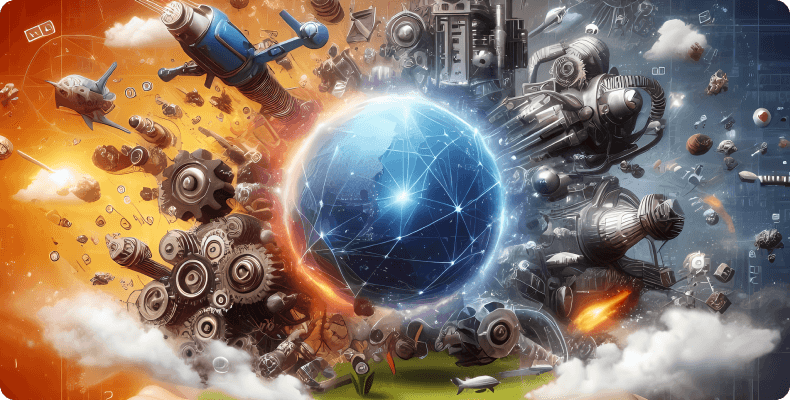
PixiJS, a dynamic JavaScript library, stands as a robust platform for crafting visually stunning web games that transcend simple 2D rendering. It allows developers to bring forth immersive and dynamic experiences, showcasing its versatility. What sets PixiJS apart is its adept handling of WebGL, seamlessly falling back to HTML5’s canvas when necessary, ensuring broad compatibility across a spectrum of devices.
This flexibility liberates developers to concentrate on the creative aspects of their games, alleviating concerns about performance. PixiJS excels in delivering high-quality graphics and seamless animations. Its intuitive API streamlines the creation of intricate animations, making it an optimal choice for web game development.
With features like sprite sheet support, filters, and blend modes, developers can weave rich and dynamic visuals into their gaming tapestry. PixiJS goes beyond graphics and animations, prioritizing a user-friendly experience. Its interactive, event-driven architecture enables the creation of games that respond to user input in real-time, enhancing overall engagement.
In summary, PixiJS emerges as a versatile tool for elevating web game graphics. Its prowess in rendering, animation, and interactivity positions it as the preferred choice for developers striving to craft visually impressive and user-friendly web games.
Exploring the Future of JS-based Web Game Development

The future of game dev with JavaScript code is poised for exciting advancements. As we look ahead, several key trends and innovations are set to shape the landscape.
One significant trend is the rise of WebAssembly (Wasm). This binary instruction format allows code to run at near-native speed, opening up new possibilities for high-quality games on the web. JS-based frameworks are likely to leverage Wasm more extensively, enabling professional developers to make more complex and immersive games.
Another area of innovation is WebGL and WebGPU. These technologies allow for hardware-accelerated 3D graphics in the browser. The advent of WebGPU, in particular, promises to bring a new level of graphical fidelity to web games. As these technologies mature, we can expect JS game dev to reach new heights of visual sophistication.
Finally, the future will likely see further advancements in multiplayer capabilities. With technologies like WebRTC, developers can create real-time, peer-to-peer multiplayer games. As these technologies evolve, we anticipate a future where multiplayer web games are as seamless and robust as their native counterparts. For those looking to explore interactive marketing games, this article offers insights into building engaging web-based experiences.
Best Practices and Tips for Successful Web Game Development
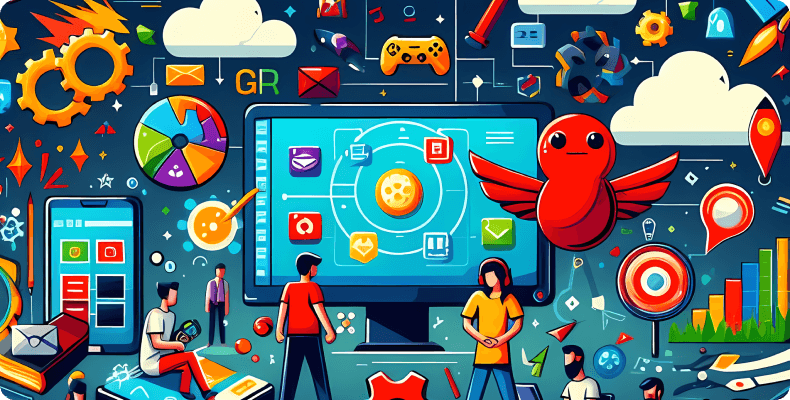
Learn how to make an interesting and profitable online game by following these simple guidelines. You need to think carefully about how you will adapt to the changing world of JS-based engines. The following tips will guide you:
• Maximizing performance. Performance optimization is the first step in developing a good game. Optimization can be improved through resource management, optimization, and efficient use of image libraries. Use this tool to analyze code and search for flaws to make your game work as well as possible.
• Adaptive design. It is important to design games that are easy to use as customers can play on different devices. Game controls and graphics are optimized for PC, tablet and mobile devices, and the interface responds well to different screen sizes.
• Crafting user experience (UX). A gaming website’s ability to attract and retain players is critical to its success. User-friendly controls, easy navigation and straightforward guidelines. When designing your game, think about UI design and player feedback because you want players to be able to participate in the game easily.
• Thorough testing. You should never undervalue testing in the creation of online games. Make sure your game functions consistently and fluidly by thoroughly testing it across a variety of platforms. Pay close attention to tester input in order to address any issues and boost the overall gameplay experience.
• Fostering community engagement. You can increase the visibility and success of a gaming website by participating in the gaming community. Create a discussion forum to interact with social media players and welcome their thoughts and suggestions. Community involvement in JavaScript game dev can improve the credibility of your future browser game.
For a comprehensive game design checklist to guide you through each step of the development process, consider referring to our detailed guide. Adhering to these guidelines will increase your chances of making a web-based game that will not only enthuse players, but also provide them with entertainment.
Showcasing Real-World Success Stories

JavaScript-based engines have played a major role in producing some of the most popular and captivating online games. Let’s examine a few outstanding gaming success tales.
• CrossCode. CrossCode is a 2D RPG featuring a gorgeously designed world, thrilling battles, and puzzles. High praise has been given to the game for its intricacy, richness, and meticulousness.
• HexGL. The modern racing game called HexGL is one of the best in its class thanks to its excellent graphics and fast, smooth driving.
• Bejeweled. A well-known puzzle game made with JavaScript is called Bejeweled. In order to make rows of three or more identical gems, players are asked to switch nearby gems in the game.
These contemporary and unique games are great examples of the variety and quality of web games made with JavaScript. These successes teach and inspire developers to utilize JavaScript in the development of modern web games.
Empowering Developers with Resources and Learning Materials

Web-based game development is dynamic and fascinating, requiring constant training and refinement. In this section, we’ve put together a list of useful links, tips, and information to support you as you learn and progress as a web game developer.
Here are some materials we suggest:
• Game development | MDN
This highly informative handbook on web game development covers a wide range of subjects, like HTML5, JavaScript, WebGL, WebAssembly, Web Audio, and more. Discover numerous lessons, references, and examples that have been thoughtfully created for various web game frameworks.
• GameDev Academy
A website offering free and paid books, articles, and classes on game development. Visit this site to find out about game design, graphics and sound, and JS-based engines.
• GameDev.net
JS game development community sharing news, projects, and information. It provides interesting forums, blogs, podcasts, and events on web game dev and other game development-related topics.
• HTML5 Game Devs
A forum where you can post your work, get feedback, and ask questions about developing HTML5 games. Additionally, resources, news, and guides for different HTML5 game frameworks are available.
It is our hope that these materials will prove to be invaluable allies as you progress and develop your abilities as a web game developer. Remember that learning comes from experience, so don’t be scared to try new things, make your own games, and share them with others.
Conclusion
In this article, we delved into the fascinating and vibrant world of web development. The flexibility and power of JavaScript as a multilingual language continues to evolve, providing a wide range of possibilities in the development of the cutting-edge, exciting games. During our journey, we found four JS-based tools that are important for improving web game graphics, performance, and overall UX: Three.js, Phaser, Babylon.js, and PixiJS.
If you’re looking to bring your web game development project to life with the expertise and experienced team of experts, contact us now! Our team is ready to help you to create engaging and high-performance projects.
SUMMARIZE THIS PAGE
Contact us




